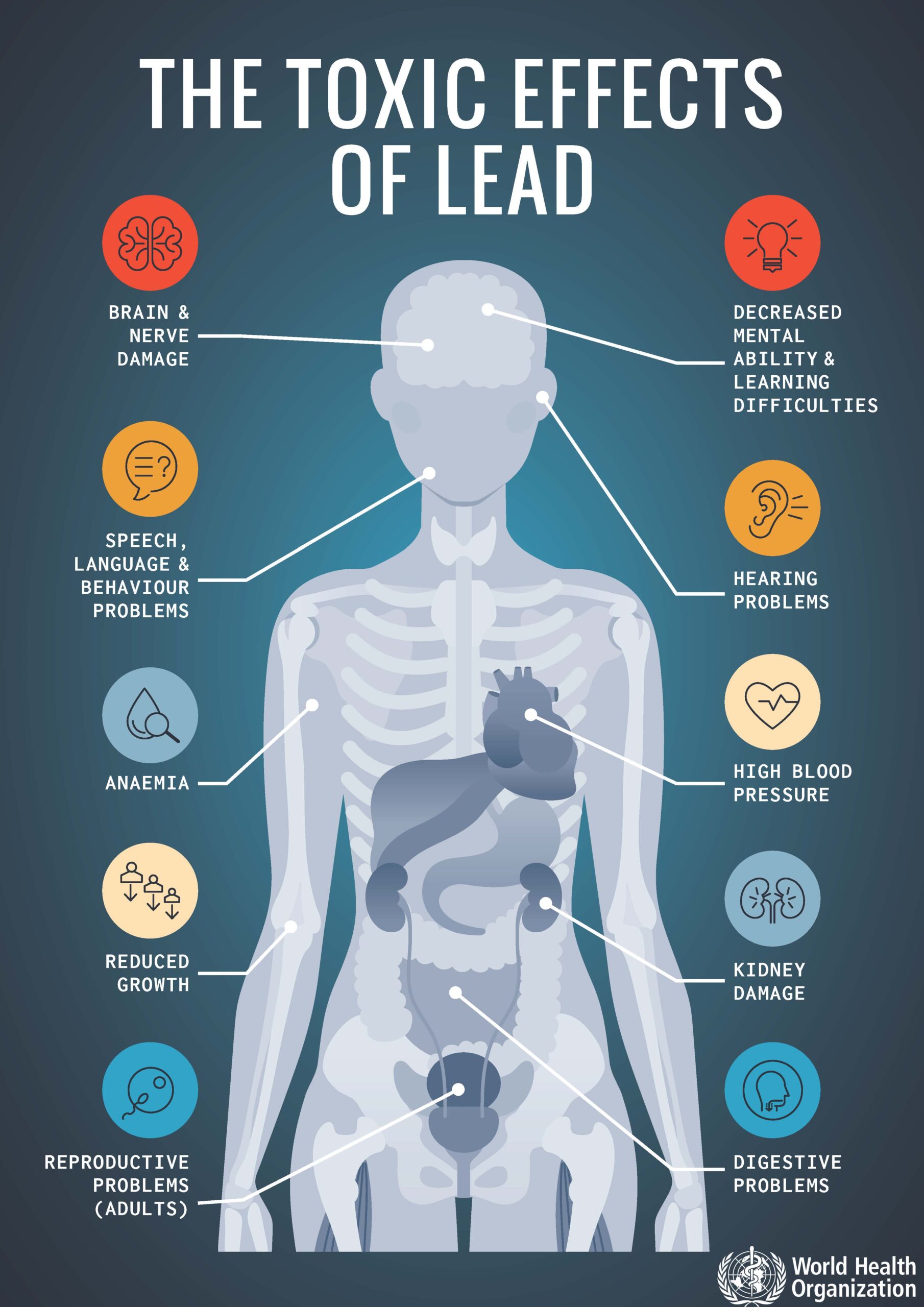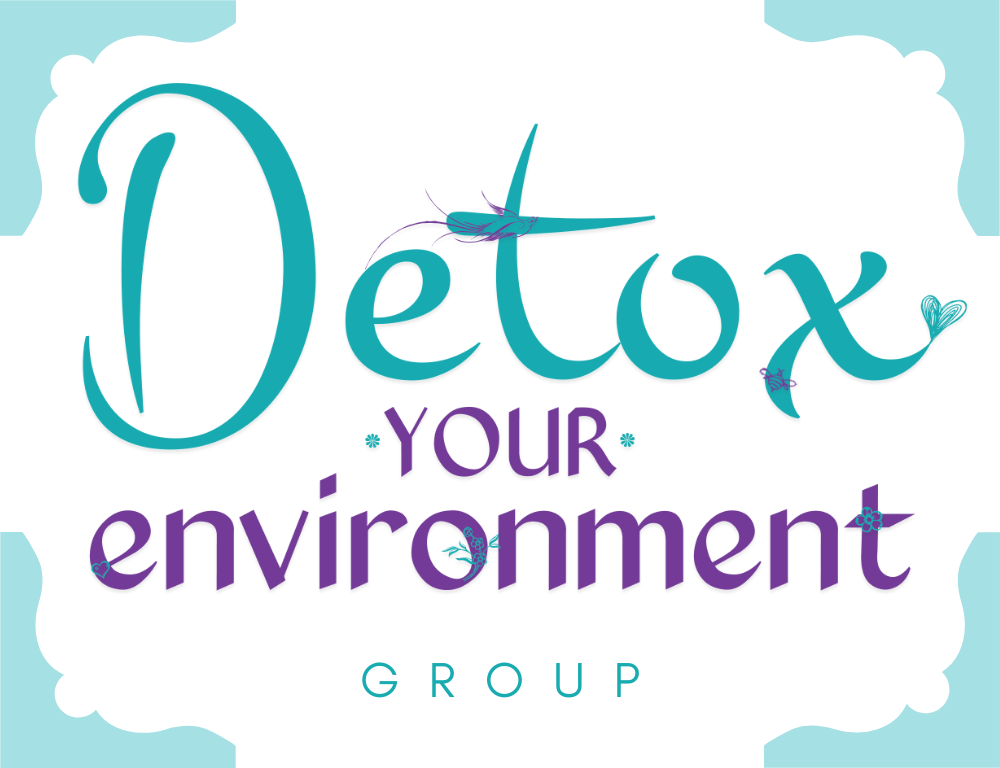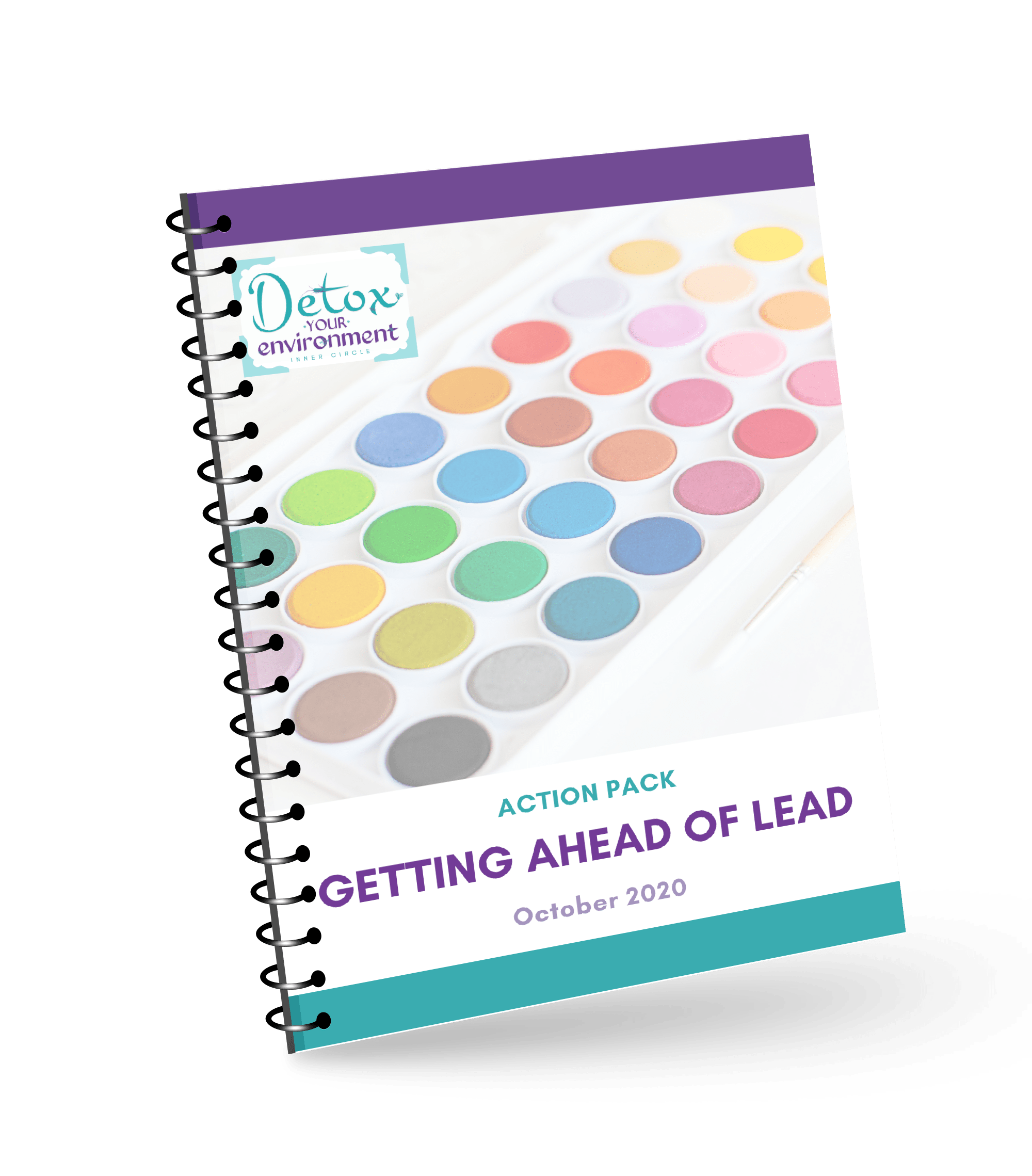2022 Lead Poisoning Prevention with Elizabeth O’Brien
This year, our activity for International Lead Poisoning Prevention Week of Action (ILPPWA) is to host a live Q&A session with lead expert Elizabeth O’Brien.
We’ll be streaming live onto Facebook on Wednesday 26th October 2022, and you can come and join us to ask anything you want to about lead.
- Perhaps you’re concerned about potential exposure?
- Or you’re planning a build or renovation?
- Maybe you’ve got chooks and/or a vegetable garden?
- Have you got youngsters or pets that eat or dig in the soil?
- Do you have flaking paint?
- Is there a busy road nearby?
- Are you near a smelter?
- Is there lead in tattoo ink?
- How much lead is in my lipstick?
- How does lead affect health?
- Can lead get out of our bones?
- What change to legislation have occurred to ban lead in Australia and throughout the world?
- Is there still lead in paint?
- Why is “leadlighting” called this?
- Where is lead in my home?
- I’m in a new home, is there any lead in it?

These are the tip of the “lead-berg” in terms of questions, as I wanted to get you thinking…
You can literally ask anything you like OR you can listen in and find out a ton about lead.
Come along for our live Q&A to address your 2022 lead poisoning questions.
This year is the 10th Anniversary of ILPPW, so be sure to come along!
Want your place assessed for lead? Reach out here.
#BanLeadPaint #LeadPoisoning #ILPPW2022








